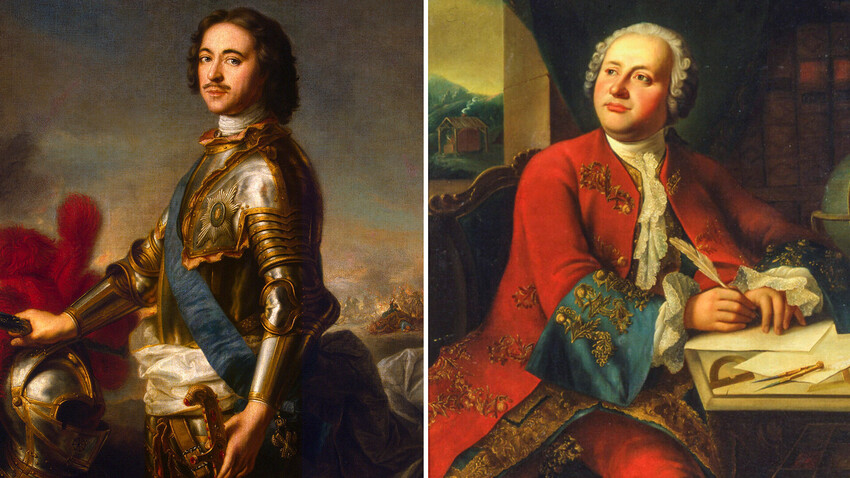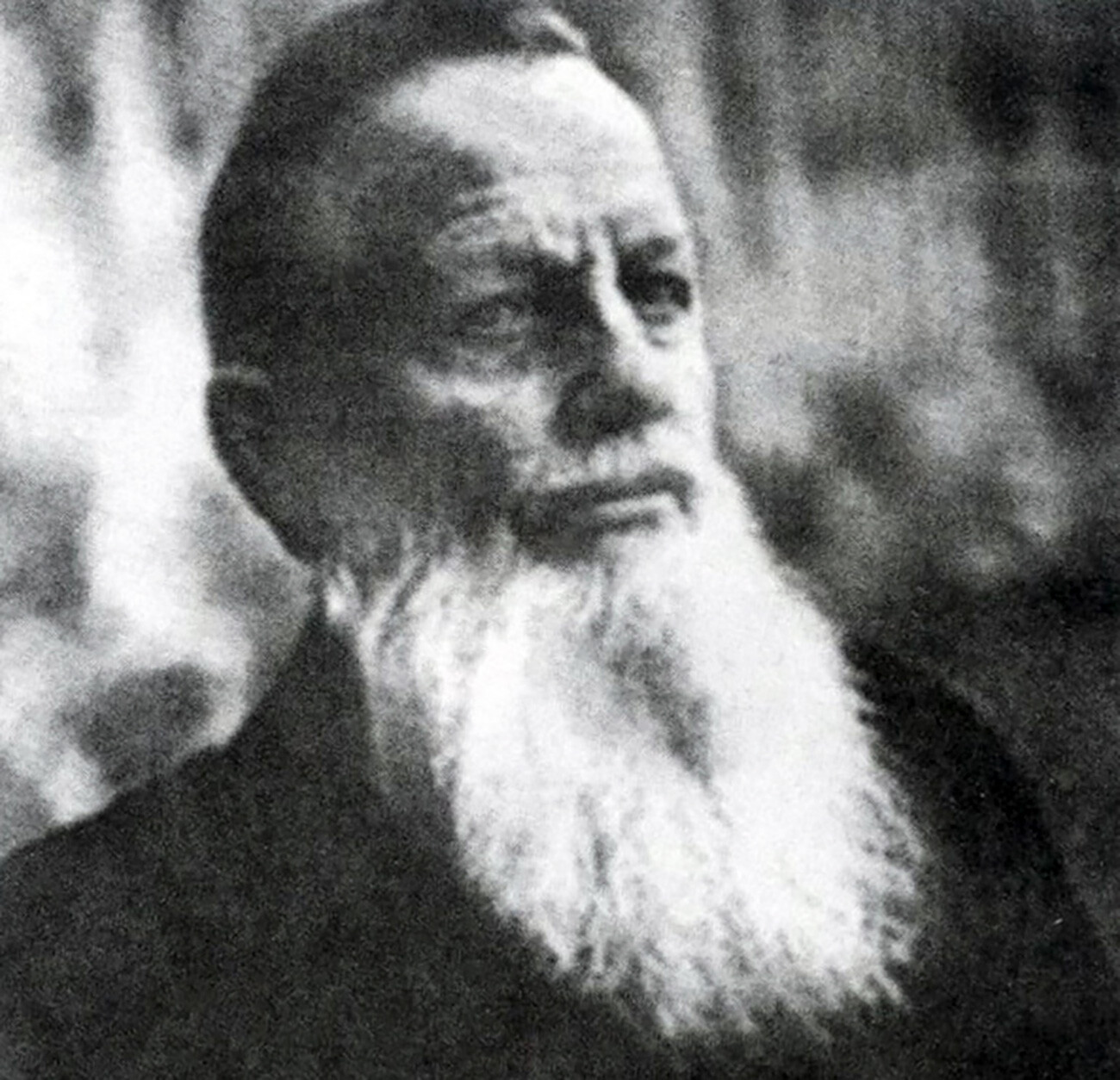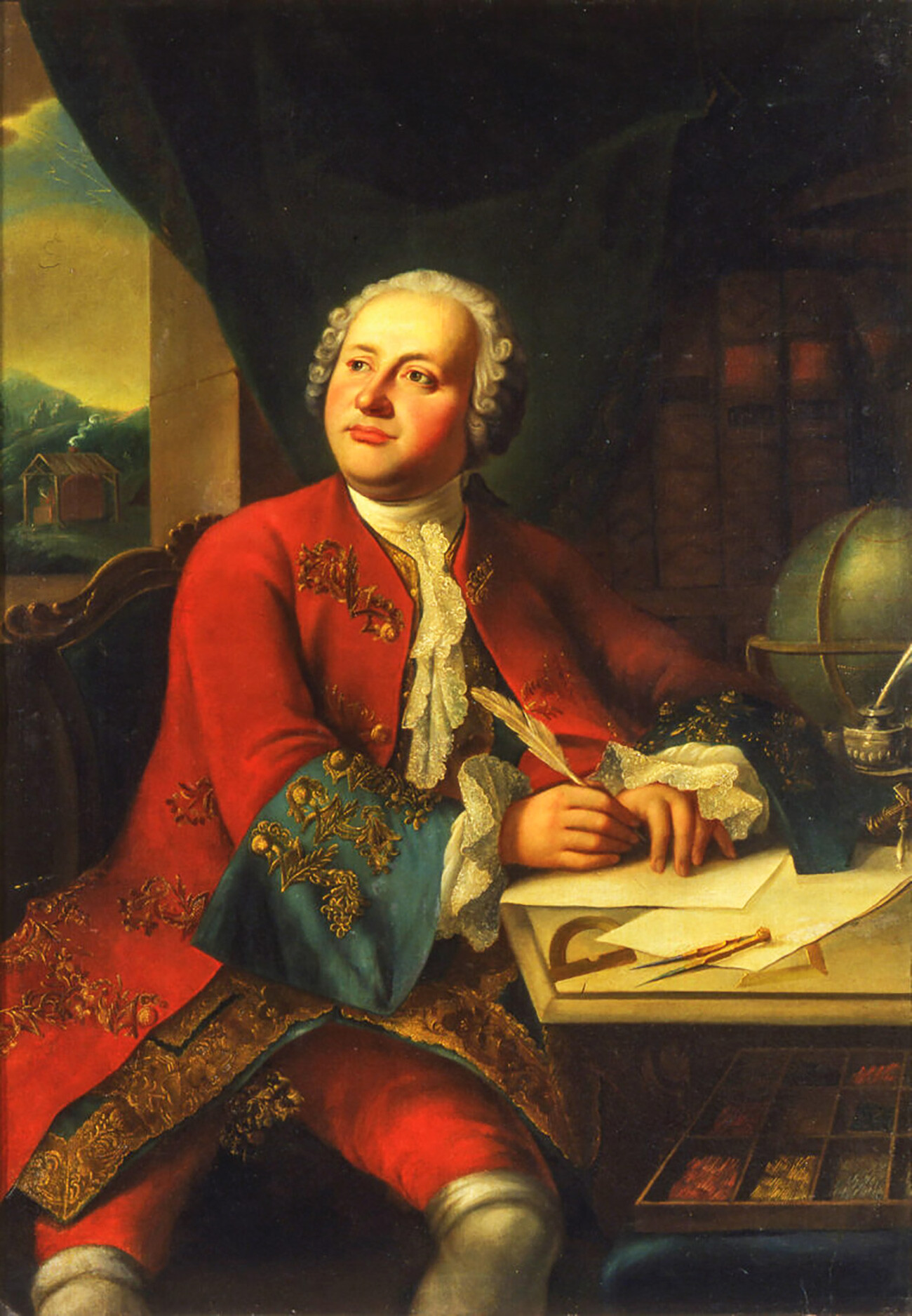
Tall in stature and possessing great physical strength, as well as an extraordinary inclination for the sciences and a love of the Russian language – these traits were inherent in both Tsar Peter and the great scholar and scientist Mikhail Lomonosov. However, these coincidences were sufficient to ignite a Soviet era myth in the country’s collective memory: that Lomonosov was the son of Peter the Great. Indeed, he studied in Europe like his ‘father’, loved all things German like his ‘father’... And, of course, thanks to the alleged patronage of his ‘father’, he was able to enroll at the prestigious Slavic Greek Latin Academy in Moscow.

Captain Vasily Korelsky
Archive photoThe author of the Soviet era myth is Captain Vasily Pavlovich Korelsky from the city of Arkhangelsk, which is the officially recognized birthplace of Lomonosov. In the 1950s the newspaper 'Soviet Fisherman' published Korelsky’s memoirs in which he claimed that he had seen a document suggesting that Lomonosov was the son of tsar Peter.
According to this story, allegedly in 1932, Captain Korelsky’s older brother had shown him a document that had been found in the attic. The note said that in January or February 1711, when the tsar was resting in the village of Ust’-Tosno, some 35 kilometers from St. Petersburg, a local girl Elena Sivkova, who was an orphan, had been brought to him for carnal pleasures. Luka Lomonosov, a local peasant, was the intermediary in the procurement of the girl. After Tsar Peter left, Elena became pregnant, and Luka married her to his relative Vasily Lomonosov, into whose family Mikhail was born. Captain Korelsky claimed that Peter had commanded that his son be named Mikhail.
Except for the memoirs of Captain Korelsky, which were published in a separate book in 1996 in Arkhangelsk, there is no credible historical evidence and source for this legend. Captain Korelsky claimed the note that was his source had been destroyed. However, because of the Russian people’s inherent love for sensational stories related to the famous and powerful, this legend began to spread and was widely accepted.

Mikhail Lomonosov
Public domainIt is easy to refute the legend that Peter was responsible for the conception of Lomonosov in 1711 in Ust’-Tosno. According to many surviving documents we can track the movements of Tsar Peter in the autumn of 1710 and in early 1711. At that time, Peter was certainly in St. Petersburg. On November 20, 1710, which was during the Northern War with Sweden, events developed whereby Russia declared war on the Ottomans. In February-March 1711, Peter was traveling between St. Petersburg and Moscow, from where on March 17, together with his wife Catherine, he left for the Prut campaign against the Ottoman Empire. During this entire period, before leaving for the war in the south, the tsar didn’t go anywhere north of St. Petersburg.
In addition, if Lomonosov really was a secret love child of Peter the Great, then why didn't the tsar patronize him? As a young man, Lomonosov had to study on his own in Russia and abroad, and then all alone fought for his place under the sun in the St. Petersburg scientific community. His life was not easy and carefree at all.
On the other hand, there’s indication that Lomonosov may well have had powerful patrons. In 1728, three years before his departure for Moscow, young Lomonosov met with the archimandrite of the Solovetsky monastery Varsonofiy, who was an important church leader. When Lomonosov arrived in Moscow, he was immediately granted a meeting with the rector of the Slavic-Greco-Latin Academy, Archimandrite German (Koptsevich) of the Zaikonospassky Monastery. Subsequently, German was the one who identified Lomonosov as among the most capable students to study at the St. Petersburg Academy of Sciences.
If using any of Russia Beyond's content, partly or in full, always provide an active hyperlink to the original material.
Subscribe
to our newsletter!
Get the week's best stories straight to your inbox